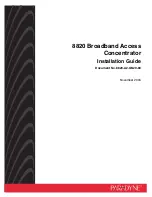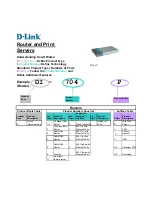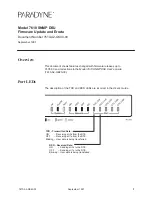
50
Wireless LAN
The wireless LAN card is detected by the PC card controller, but the user interface is not
displayed and there is no network connection.
Check that the Nokia C110/C111 Wireless LAN Card software is properly
installed by running the fault diagnosis tests. If necessary, uninstall the software
and then reinstall it.
The wireless LAN card cannot connect to an access point or the connection is very poor.
Check that the computer is within the coverage area of the access point. It must not
be too far away or too close to the access point.
Make sure that the access point is powered on and connected to the wireless LAN.
Ensure that you have entered the correct network name. The access point and the
wireless LAN card must have the same network name. Note that when selecting a
network name for an infrastructure network, names of ad hoc networks are also
shown in the list of networks.
Check that you have access rights to the access point, and that the access point is
connected to a network to which you have access rights.
Check that the external antenna is properly connected and that no part of the cable
is broken.
If you have selected the power saving option on the General settings page, there
may be interoperability problems with some access points that are not Wi-Fi
™
(Wireless Fidelity) compatible.
The wireless LAN card is connected to a Nokia A020/A021 Wireless LAN Access Point
but there is no data flow.
The Nokia A020/A021 Wireless LAN Access Point does not support the power
saving mode of the Nokia C110/C111. Power saving should be disabled on the
General settings page of the Manager window.
The ad hoc operating mode does not work.
Make sure that all computers are on the same channel and have the same network
name.
Make sure that all computers are using the same data rate, either 2 Mbit/s or 11
Mbit/s.
Make sure that all computers use the same network protocol, such as TCP/IP.
Make sure that you have given the correct password if you are using WEP keys.
















































